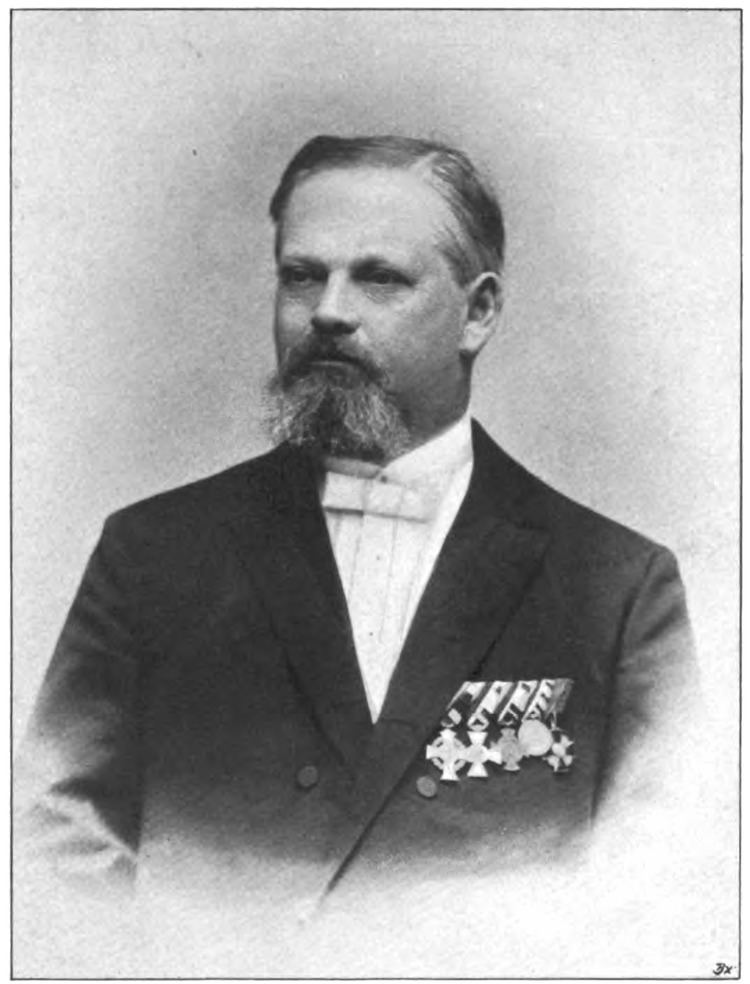Name Hinrich Nitsche | Died 1902 | |
 | ||
Hinrich Nitsche (14 February 1845, in Breslau – 8 November 1902, in Tharandt) was a German zoologist. He was a son-in-law to geographer Oscar Peschel (1826-1875).

He studied zoology at the Universities of Heidelberg and Berlin, obtaining his doctorate at the latter institution in 1868. After graduation, he worked as an assistant to Rudolf Leuckart at the University of Leipzig. During the Franco-Prussian War, he served as a volunteer medical assistant. In 1875, he became an associate professor of zoology at Leipzig, and during the following year was appointed professor of zoology at the Royal Saxon Academy of Forestry in Tharandt.
In 1869-70 he divided the phylum Bryozoa into two groups, Endoprocta and Ectoprocta, with the latter group of animals being characterized by having its anus outside of the crown of tentacles, as opposed to Endoprocta. Today the term "Ectoprocta" is considered to be synonymous with Bryozoa. The herpetological species Nitsche's bush viper (Atheris nitschei ) is named in his honor.
